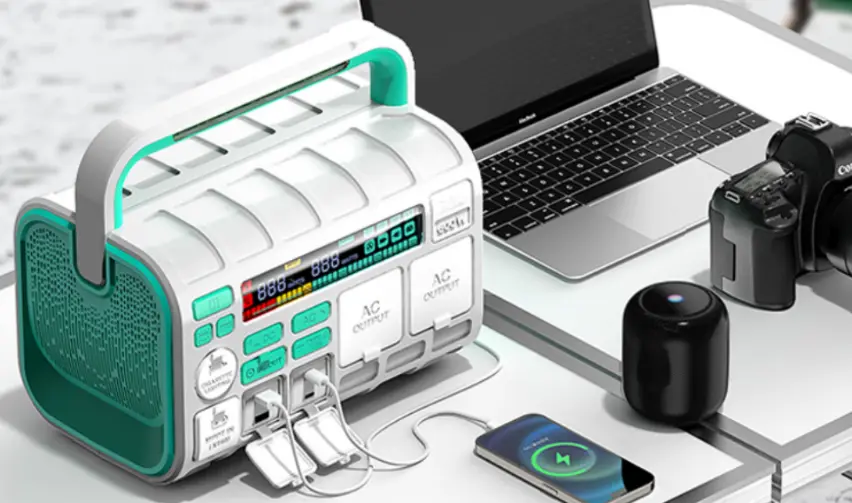
A solar generator is a device that converts sunlight into electrical energy and stores it for later use. It typically consists of three main components:
- Solar Panels: These capture sunlight and convert it into direct current (DC) electricity through the photovoltaic effect.
- Charge Controller: This regulates the voltage and current coming from the solar panels to ensure the batteries are charged efficiently and safely, preventing overcharging or damage.
- Battery Storage: The generated electricity is stored in batteries, usually lithium-ion or lead-acid, so it can be used when the sun isn’t shining, such as during nighttime or cloudy days.
- Inverter (optional but common): Converts the stored DC electricity into alternating current (AC), which is the standard form of electricity used by most household appliances and electronics.
Solar generators are portable and can be used for various applications, including emergency power backup, outdoor activities like camping, and off-grid living. They offer a clean, renewable source of energy, reducing reliance on fossil fuels and minimizing environmental impact.




